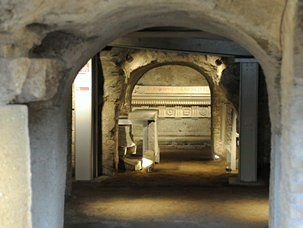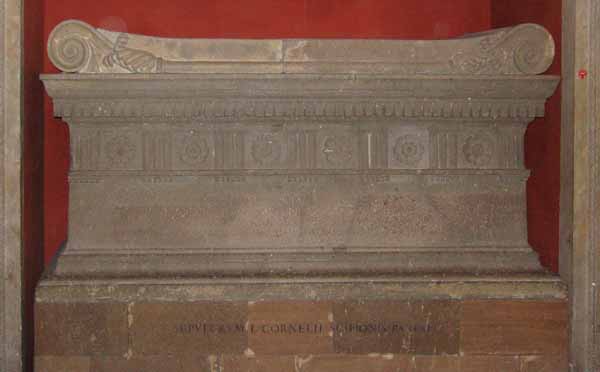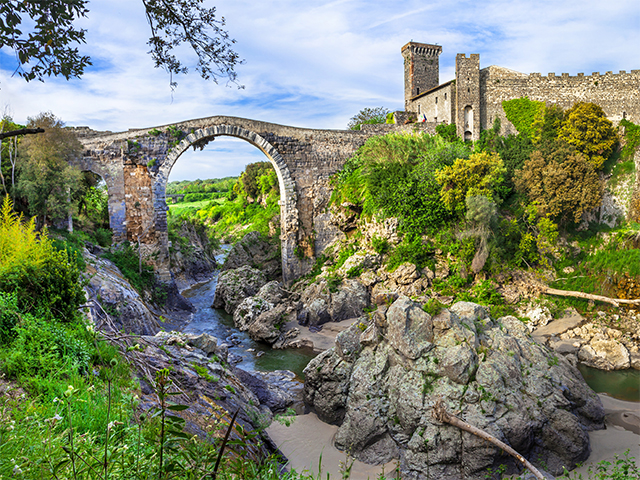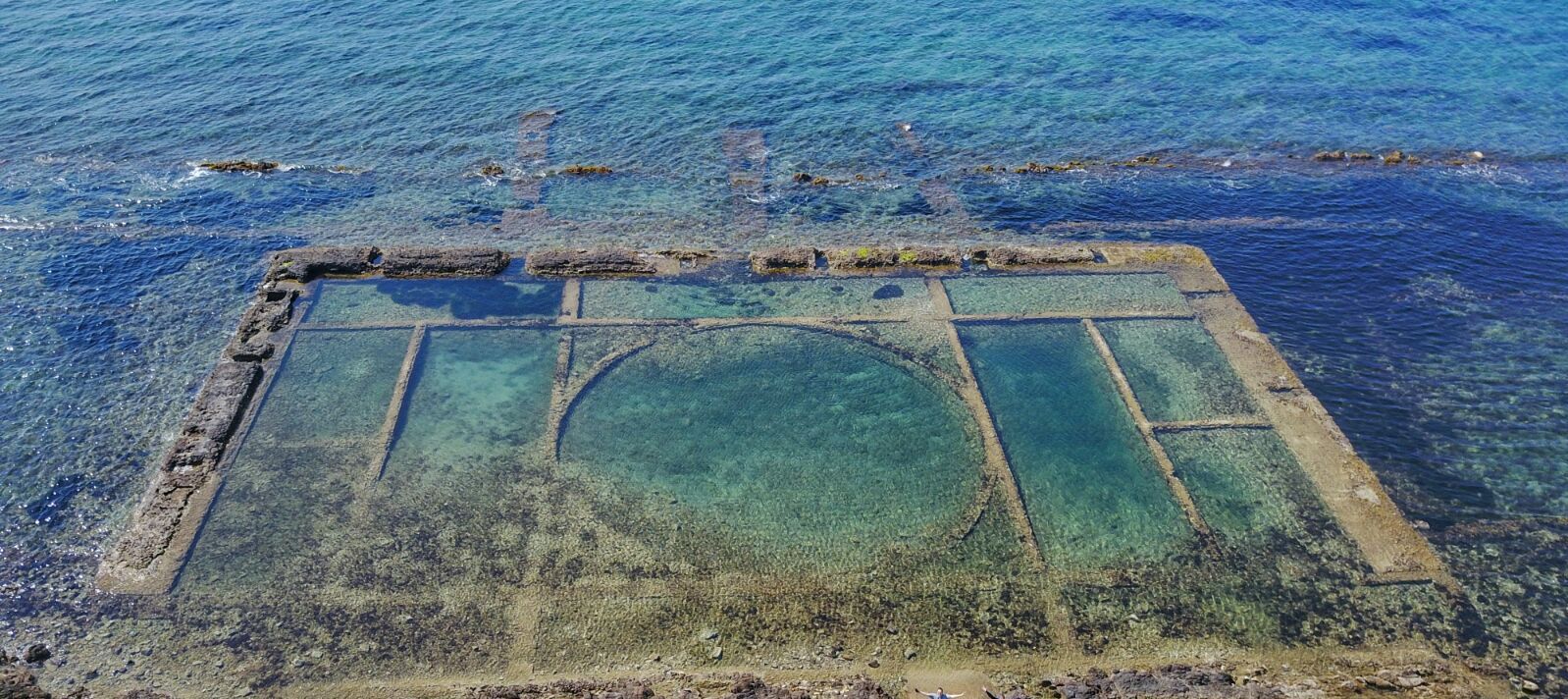The Roman tomb of the Scipioni, a family of war heroes and generals, the most famous being Scipio Africanus who beat Hannibal, opens to the public again after twenty years of restoration.
The Roman tomb of the Scipioni, belonged to one of the most ancient and famous patrician families of the Roman Republican Age, the Cornelii Scipiones, a family of war heroes and generals, the most famous being Scipio Africanus, who beat Hannibal, is set to open to the public again after twenty years of restoration.
The tomb was dug out of the tuff bank at the beginning of the third century BC and consists internally of a square room with four large pillars at the center spared by the tuff that divide the room in four galleries. The sarcophagi were placed within spaces dug out specially for them along the walls and the pillars. The sarcophagus of the founder of the family Lucius Cornelius Scipio Barbatus, consul in 298 BC (whose original is now in the Vatican Museums), is situated at the end of the central corridor in front of the entrance. Around the middle of the second century the tomb was enlarged by digging out a smaller single room next to the first one. The external facade also dates back to this period. It consists of a high base with a moulded frame and is surmounted by a prospect of six semicolumns that framed three niches, where the statues of the poet Ennius, Scipio Africanus and Scipio Aemilianus were probably placed.
The base was decorated with paintings of historical scenes and a stylized wave motif. Traces of the decorations remain. Three arched doors open on the same base: a blind door (now replaced by a passage that leads to a medieval calcar that has partly damaged the tomb), a central door that led into the more ancient tomb and a door on the right (the only one still preserved) that accesses the more recent tomb. When the Cornelii Scipiones family died away at the beginning of the empire, the tomb was reused shortly in the Julian-Claudian Age (beginning of the first century AD) by their heirs the Cornelii Lentuli that used some of the loculi for cremations.
The tomb, which originally lay under a temple, was discovered by chance in 1614. A new discovery took place in 1780 by the owners of the land where the tomb is situated.
The Scipio family held high political and military positions, but its most famous member, Scipio Africanus, is absent from the tomb.
The general, who was hailed for defeating Hannibal to end the second Punic War against Carthage, was later accused of stealing public money and he left Rome for Liternum, in the modern-day region of Naples.
The epitaph on his tomb outside Rome says: "Ungrateful fatherland, you will never have my bones."
The redevelopment works have made the public access route easier as well as safer, by replacing the metal support structures installed during restoration works carried out during the last century. There are new reception services and information panels illustrate the archaeological remains.
From 2012, on an experimental basis, the area will be open to the public with guided tours by booking only.









